A Slower Guide to London
Feel like you’re seeing the same restaurants, the same museums, the same art installations again and again on Instagram? You’re not alone. Sometimes it can feel like social media has turned travel into an international game of ‘get the photo,’ with participants snapping the most photogenic, most reposted spots with little but surface-level appreciation for the subjects of their images. We might be seeing more than ever, but are we experiencing less?
Enter Places I Need To Go and See, curated by junior architect Su Demir. Set up to discover and share authentically designed spaces – from architects’ homes and independent cafés to quiet museums and markets – her recommendations are grounded in genuine curiosity, research, and respect for a place’s story. It’s an approach that resonates deeply with us at Scura, where we believe true beauty reveals itself not just at first glance, but through uncovering the layers that lie beneath the surface. “I often find myself stopping in the middle of my day to really take in what’s around me and do a bit of my own research,” Su says. “It’s these moments of discovery that I truly enjoy – whether it’s diving into the history of a piece of furniture I like in an apartment or exploring the works of a designer and discovering these hidden gems.”
This summer, we’re collaborating with Su on a three-part series of travel itineraries that offer slower, more thoughtful guides to London, Istanbul and Finland. First up, our hometown: London. Here is a three-day journey led by Su through the city’s modernist icons and characterful cafés, designed to take you past aesthetic-level appreciation into something far more rewarding.
FRIDAY
1. Breakfast at Mario’s Café – Kentish Town, NW5
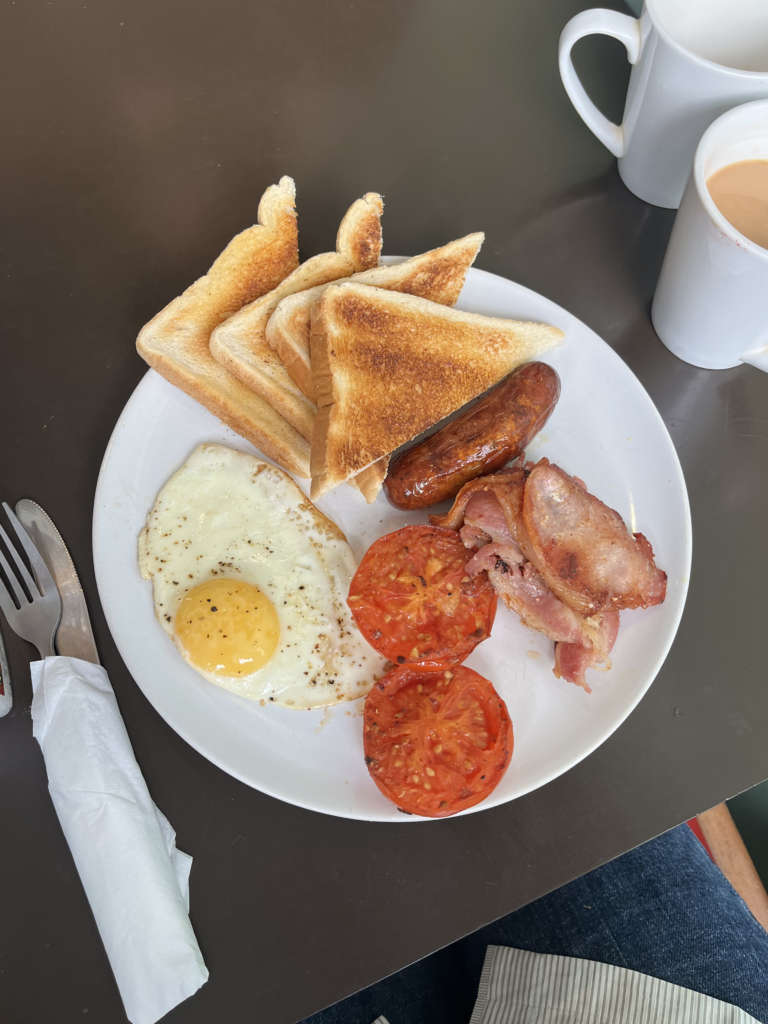
This one’s a special one, I’d say. I stumbled across it just walking down a side street in Kentish Town. The moment I stepped in, it wasn’t even the café itself that got me, it was the people. The owner chats away with regulars as if they were old friends (which, I’m sure, they are). It felt like I’d walked into someone’s living room, or like a university society meeting I’d forgotten I’d signed up for. Everyone knew each other. I was the random stranger, but in a nice way.
.
Mario, the owner, is lovely. He chats with you, makes you feel welcome, and checks in to see if you’ve enjoyed your food. The place itself gives off serious Fryer’s Delight or Regency Café (more on those later) energy, with Formica tables, no-frills décor, just honest charm.
If you Google it, Mario’s Café has its own website, and the story’s all there. The café first opened as Tony’s Restaurant in 1958, set up by Mario’s grandfather (also Mario) at 6 Kelly Street. He was from the Puglia region of Italy and named the place after his son, Tony, Mario’s dad.
.
After a few decades and a few twists in the family story, the café reopened in 1989 as Mario’s Café, this time named after the current Mario. Back then, he describes himself as an “uneducated, unemployed pot-smoking wannabe rock star,” roped in to help out for what was supposed to be just a year. But once he discovered Kentish Town’s music scene – with The Falcon pub quickly becoming his favourite haunt – he stayed. “My dad had a heart attack and left me holding the baby, so to speak. I’m still here and the rest is history,” Mario says.
2. 1930 Radicalism at the Isokon Building – Hampstead, NW3
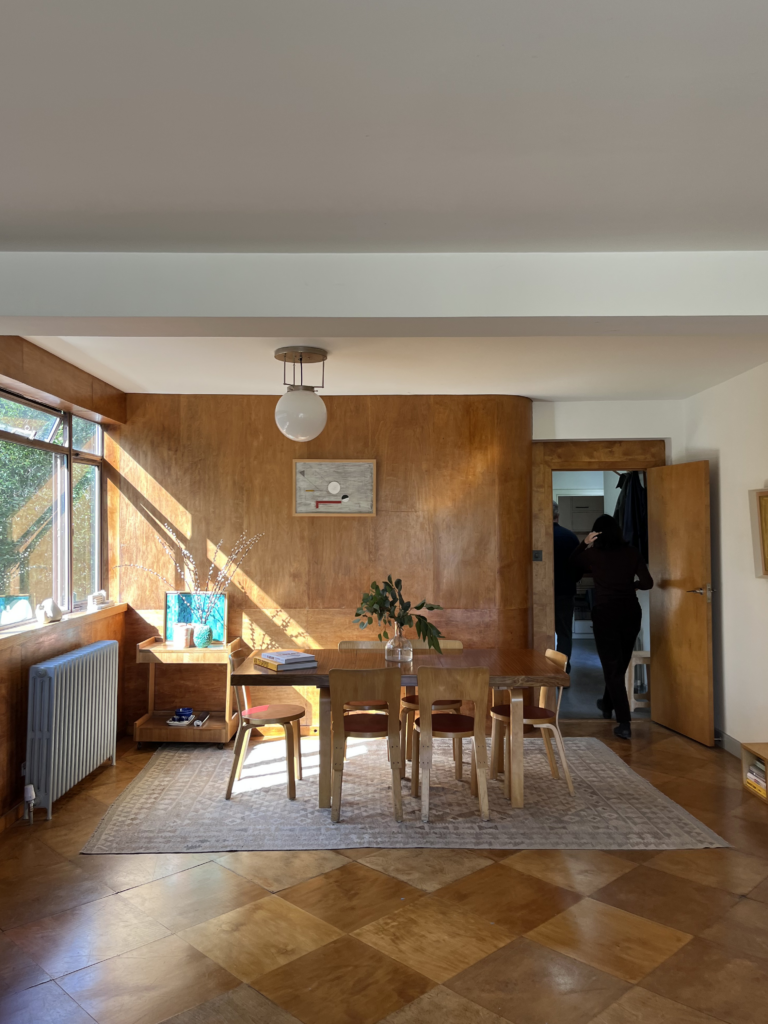
The Isokon Building (or Lawn Road Flats) was designed by Wells Coates for Jack and Molly Pritchard and opened in 1934 as a bold experiment in new urban living. It was actually the first residential block in the UK to be built mainly from reinforced concrete. Wild.
.
Coates was heavily inspired by Le Corbusier’s “machines for living” ethos, and it shows. The 32 flats were all about doing more with less: compact, clever, and comfortable. Think built-in plywood furniture, everything stripped back. One of their early ads even said: “All you have to bring with you is a rug, an armchair and a picture.” Iconic.
.
They had a communal kitchen connected to the flats via a dumbwaiter (most flats just had tiny galley kitchens). That kitchen later became the Isobar restaurant, designed by Marcel Breuer. And yes, they really went all-in with amenities: shoe cleaning, bed-making, the works. It was a lifestyle.
.
You can actually visit some of these flats during Open House Festival in September, which I’d 100% recommend. But if you’re not around then, don’t worry: the Isokon Gallery (just next door) is open year-round. Follow them on Instagram for exhibition updates, talks, and lectures – they’ve got a lot going on.
3. Playful Modernist Furniture at The Peanut Vendor – Bow, E3
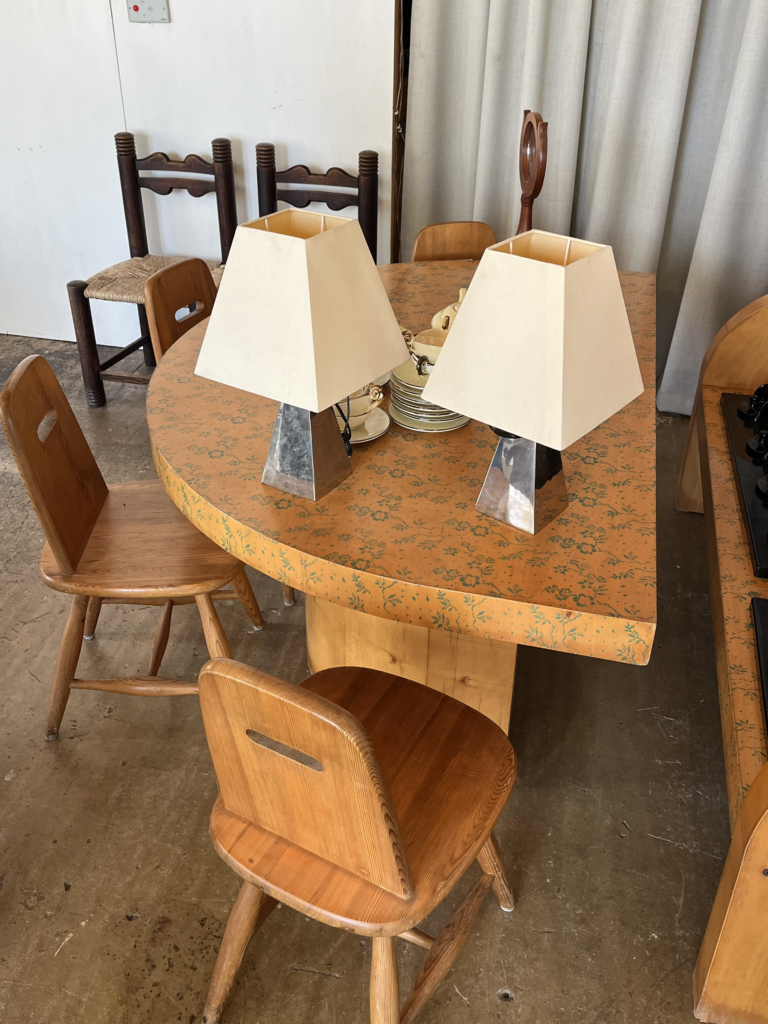
I popped into The Peanut Vendor – a furniture showroom tucked away in Bow – the other day and honestly, it’s such a good spot. They specialise in 20th-century design, mostly mid-century and postmodern pieces, with that slightly playful, offbeat curation that makes everything feel special but not too precious.
.
The space itself feels more like someone’s dream apartment than a showroom. Loads of natural light, plants in every corner, furniture laid out in a way that makes you imagine living with it. Worn-in chairs, chunky coffee tables, sculptural lighting, glassware, tapestries – every piece feels like it’s been chosen with care. You kind of want to hang out there for a while. It’s quiet, calming, and the team is super chilled – happy to let you explore, ask questions and take it all in at your own pace. No pressure.
.
Just a heads-up: make sure to email them before you go, as the showroom isn’t always open and you’ll need to book a viewing slot. Even if you’re not buying, it’s worth the visit just to see how beautifully curated the space is. Feels like stepping into someone’s world, someone with really good taste!
SATURDAY
4. Worth-the-Wait Breakfast at the Regency Café – Pimlico, SW1P
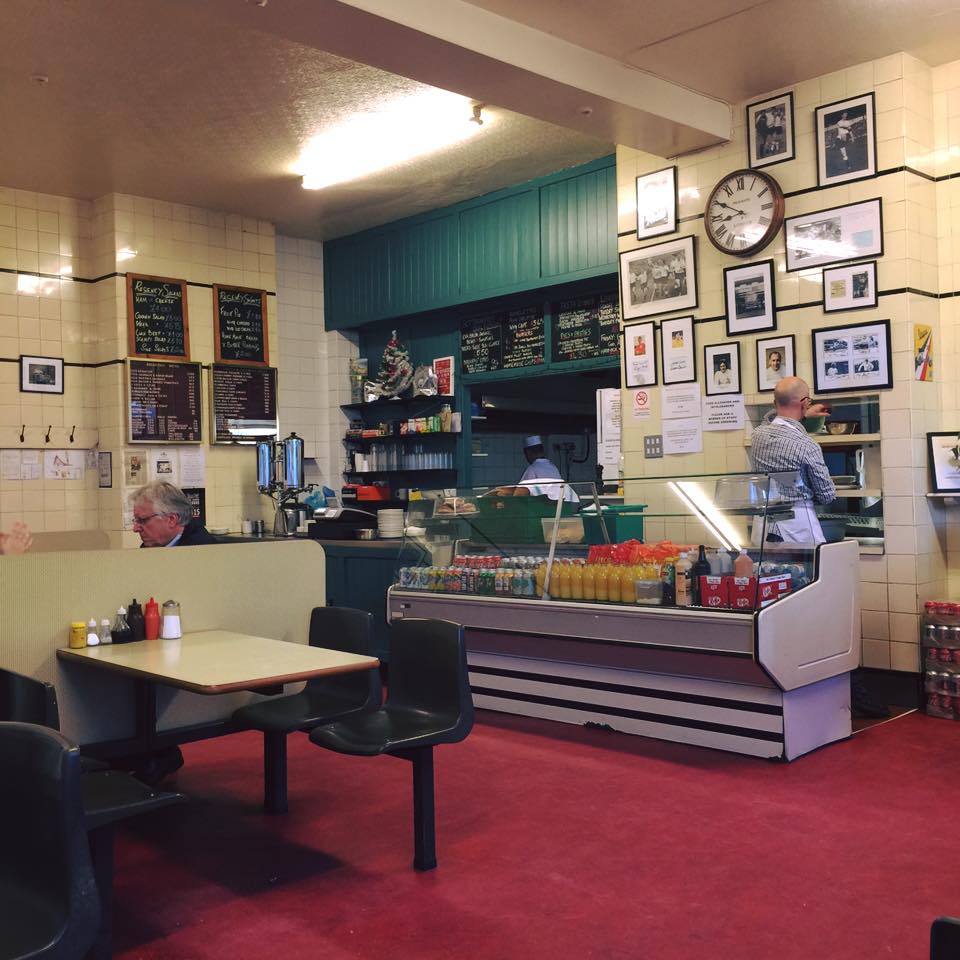
Spend the morning at Regency Café – yeah, there might be a 30-minute queue, but trust, the hype’s real. Everyone knows the drill: eat quick, make space. While you’re waiting, you’ll probably wonder if there’s a downstairs. Spoiler: there isn’t. People actually follow the rules, and somehow a table always magically frees up.
.
It’s a proper old-school British caff on Regency Street, open since 1946, with a low-key Art Deco vibe. Think Formica tables, chairs bolted to the floor, orange juice served in a milk bottle, and your order shouted out across the room. The tea? Proper builder’s.
.
Also, have to say, prices are super fair. Less than a tenner for a full English, toast and a cuppa included. Do try going early as it is only open from 7am until 12pm.
5. Modernist Living 2 Willow Road – Hampstead, NW3
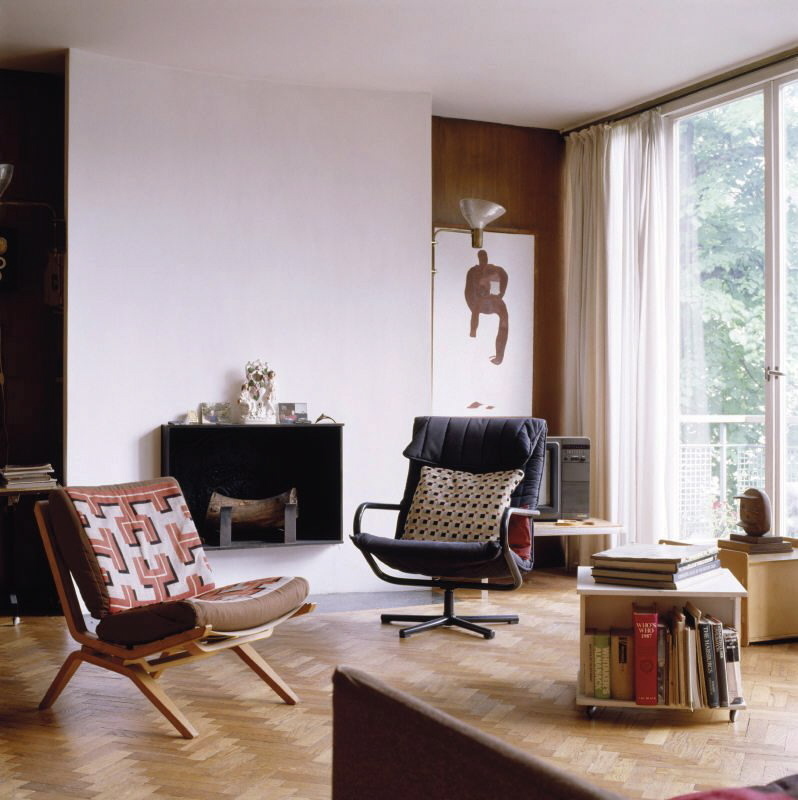
Tucked away on a quiet corner of Hampstead, 2 Willow Road is one of London’s most fascinating modernist homes – a red-brick terrace completed in 1939 by architect Ernö Goldfinger for himself and his family.
.
The house is part of a trio, but it’s anything but ordinary. From the street, it’s all sharp geometry: exposed concrete columns, continuous strip windows, and a chunky red-brick façade that feels severe and elegant at once.
.
Inside, the layout is deceptively simple but beautifully thought through. A sculptural spiral staircase, engineered by Ove Arup (yes, the same Arup behind the Penguin Pool and the Highpoint flats in Highgate), winds its way up the centre, freeing up space and letting the rooms flow without unnecessary corridors or landings. The structure’s external concrete frame means the interiors feel unusually open and airy for a pre-war home. Modernist, but liveable.
.
If you fancy a visit, the house is looked after by the National Trust and opens to the public on Thursdays and Saturdays. It’s best to book ahead, as slots fill up quickly. And if you can, go with a guided tour. The guides here know their stuff, and the little details they’ll point out make it all the more enjoyable.
SUNDAY
6. Walk Along Stoneleigh Terrace – Highgate, N19
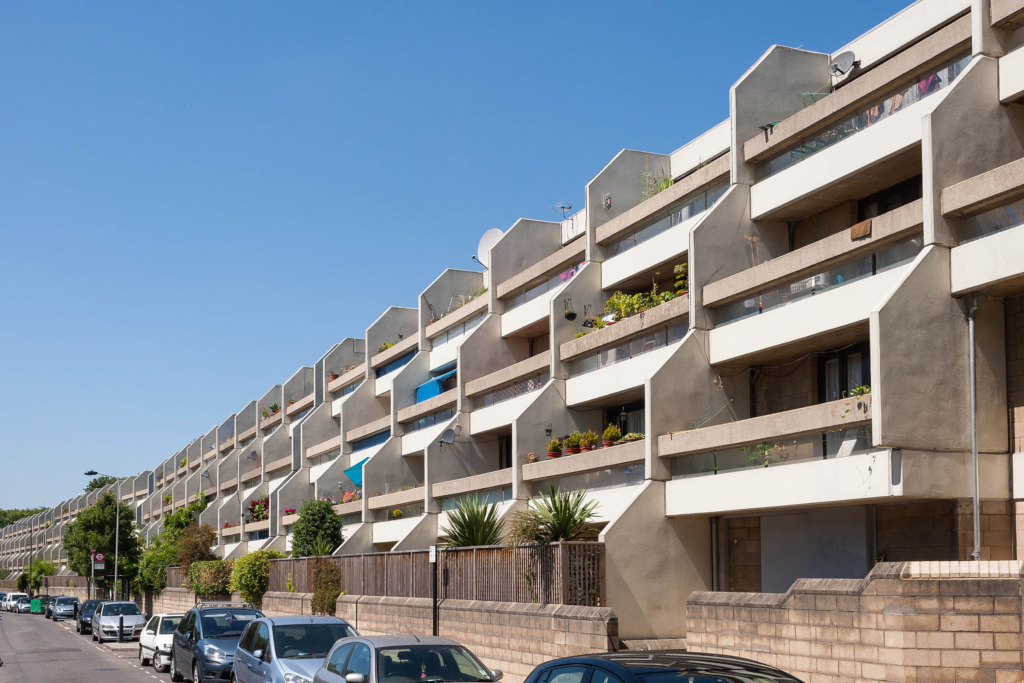
Stoneleigh Terrace was built between 1973 and 1978, tucked below Highgate Cemetery. It’s made up of six bold terraces with those strong horizontal balcony lines and chunky cross walls that give it real presence. In between each terrace, you’ve got these pedestrian walkways softened by trees and planting – brutalism with a bit of breathing room.
.
It’s very much part of that golden era of Camden architecture, shaped under Sydney Cook’s leadership. The whole “Camden style” thing really comes through here, like the stepped section layout (you’ll spot this at the Whittington Estate too), which gives each home big private terraces and loads of sunlight. It’s the same kind of drama you see in Neave Brown’s Alexandra Road Estate and Patrick Hodgkinson’s Brunswick Centre. All of it likely influenced by Atelier 5’s Siedlung Halen scheme over in Switzerland.
.
If you’re into post-war housing done with ambition and care, this one hits. Another one definitely worth catching through Open House Festival in September.
7. Modernist Highlight at Highpoint I – Highgate, N6
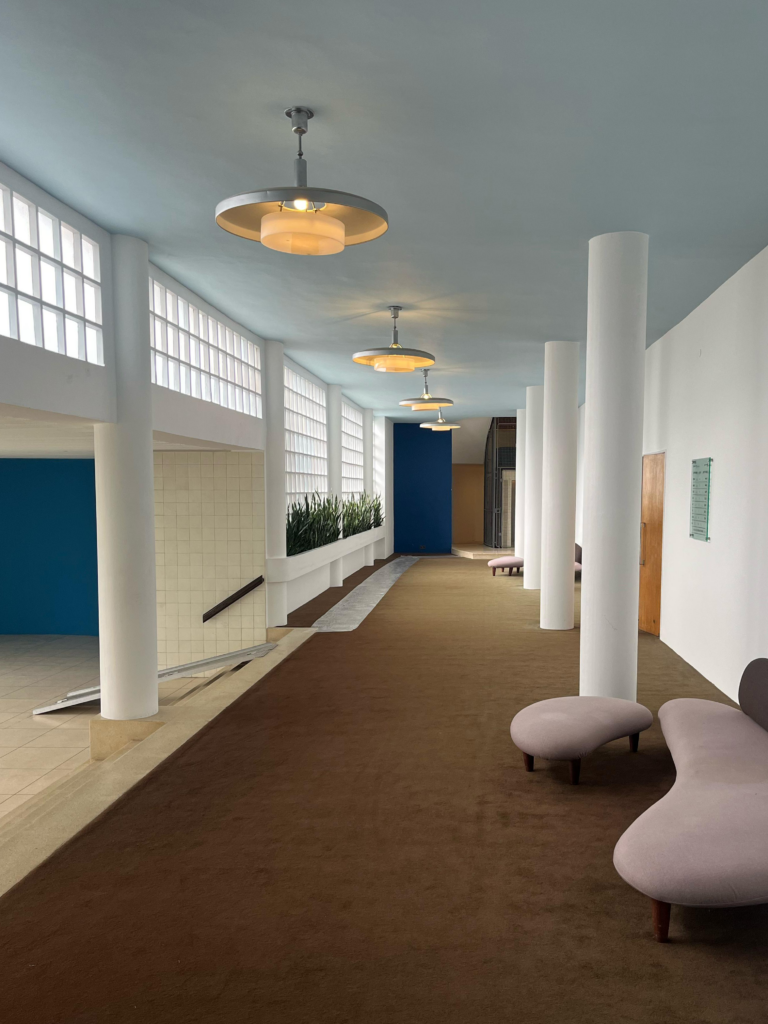
Another Highgate beauty to spend your Sunday admiring. Highpoint I was the first of two modernist apartment blocks built in the 1930s, perched right up on one of the highest spots in London at the top of Highgate Hill. Designed by Georgian-British architect Berthold Lubetkin (yep, that Lubetkin, Penguin Pool legend), with engineering by Ove Arup and built by Kier.
.
The first thing you notice on the way there? The climb. Fully felt like I’d somehow ended up in Lisbon or Istanbul. Legs were not ready. But then – just as you’re catching your breath – this crisp white building appears through the trees. Honestly had a moment where I thought I was in France. Very Le Corbusier. Makes sense though, Lubetkin was a fan, and Corb himself visited in 1935 and called it: “[T]his beautiful building […] at Highgate is an achievement of the first rank.”
.
Highpoint I was actually Lubetkin’s home too: he lived in the penthouse until Highpoint II went up next door in 1938. Same look, a little more luxe. Sadly, both are private now, so you can’t just wander in, unless it’s Open City season or you’re seriously in the market.
8. Eat Dinner at The Fryer’s Delight – Holborn
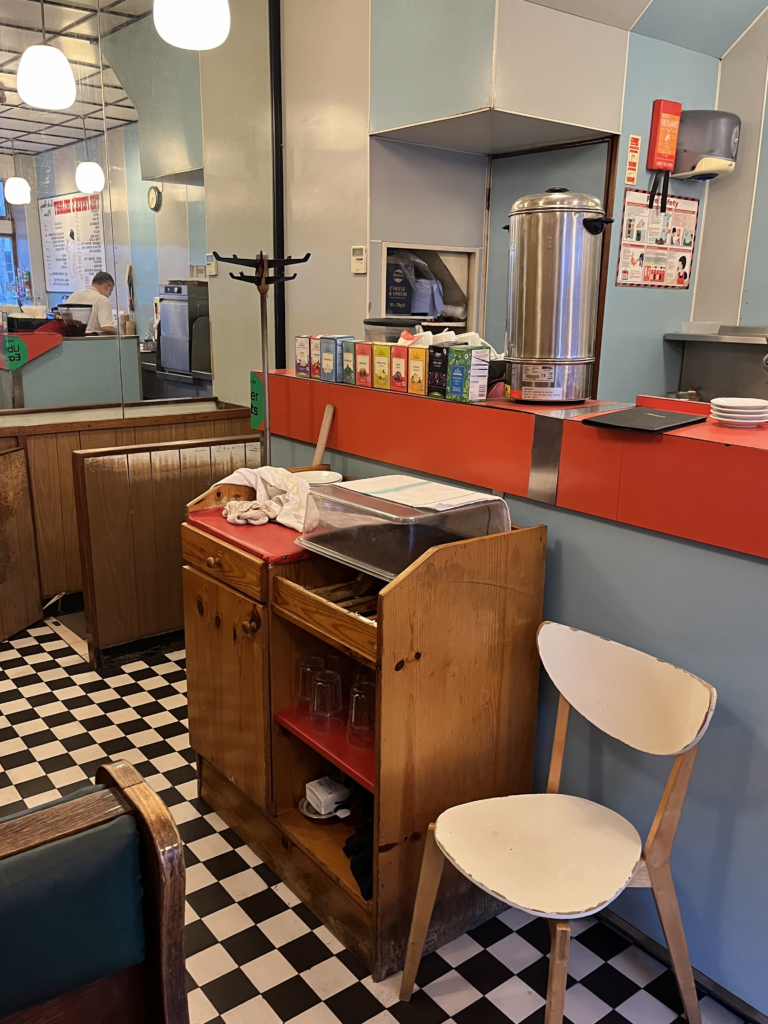
The Fryer’s Delight is one of those places that feels untouched by time. Open since 1962, it’s still got that proper old-school charm. Nestled between lawyers’ offices, council flats, and MoD buildings, the exterior and interior haven’t changed much: Formica tables, tiled walls, that faint smell of vinegar in the air.
.
I first came across it while walking through Holborn, then saw it featured on @caffs_not_cafes, which gave it a brilliant little intro. Originally opened by Italian brothers Giovanni and Giuseppe Ferdenzi from Piacenza, it’s now run by Portuguese brothers who’ve kept the spirit going.
.
And the food? Classic. Crisp, golden chips with just the right amount of salt. The cod comes with a proper crunchy batter that’s light, not greasy. Everything’s fried in beef dripping, which gives it that rich, savoury depth you just don’t get in most places anymore. Nothing fancy, just done well. Comfort food with confidence.
.
It’s all very reasonably priced, the service is lovely, and the best time to go is around 5pm, before the evening crowd rolls in. You’ll get a quiet seat, a hot plate of food, and a moment that feels like a little pocket of the past.